Acacia Trees Turn Around Family's Fortune
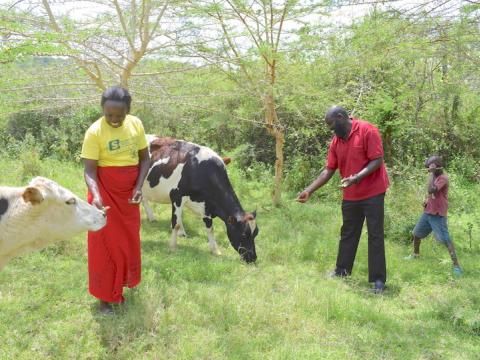
By Sarah Ooko, World Vision Senior Communications and Media Officer, Kenya
The shade from the canopies of acacia trees provide a serene and cool environment - amidst the scorching sun and sweltering heat - at Justin's and Scholastica's home in Mogotio, situated in Baringo County, Kenya. Within the compound, a meandering river with clean water flows smoothly in different sections of the land.
This breathtaking natural landscape is a far cry from the environment that used to surround Justin's home about a decade ago.
"The land you see here was largely bare. It looked like a desert, with thickets and bushes here and there," he says.
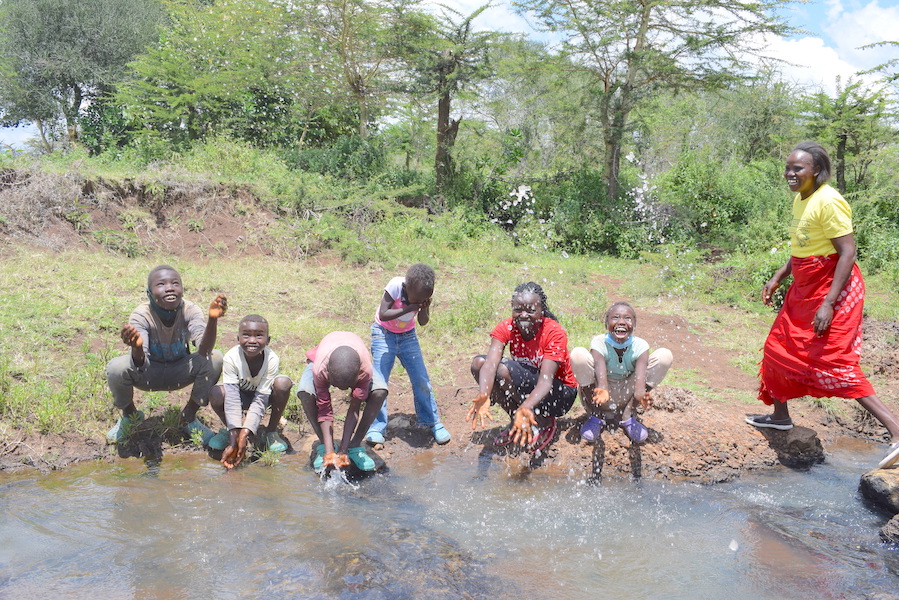
"Even this river never used to be there. Once in a while, after the rains, we would see a stream that would disappear shortly thereafter, leaving us with no water," Justin adds.
The main contributors to the environmental degradation, which affected Justin and other members of the community, were deforestation and the overgrazing of livestock that had destroyed the area's vegetation cover over the years. This left the land bare and unproductive.
"With no pasture nearby, I had to walk for a long distance to look for available grazing lands, many kilometres away. It was tiring and sometimes I would spend weeks away from my family in search of pasture,” he notes.
Justin eventually got a reprieve from these challenges after he embraced a low-cost innovative tree regeneration and management technique known as Farmer Managed Natural Regeneration (FMNR).
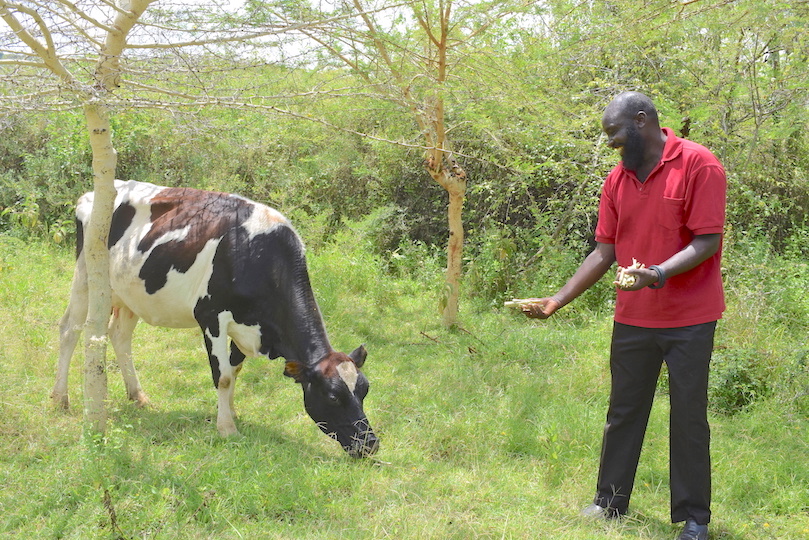
This simple and sustainable reforestation approach, which is being rolled out by World Vision in Kenya, promotes the growth of indigenous trees from already existing tree stumps or naturally occurring seeds on the ground.
Justin is among the many farmers in the country's dry land areas that have reaped the immense environmental and economic benefits of the technique.
Through the FMNR approach, he was able to revive the indigenous acacia trees (Senegal species) population in his land.
According to Justin, the trees have brought him good luck and turned around the fortunes of his family.
"First of all, they have helped to prevent erosion and make the soil fertile. This has encouraged the growth of grass on my land. I now have enough for my cattle," he says.
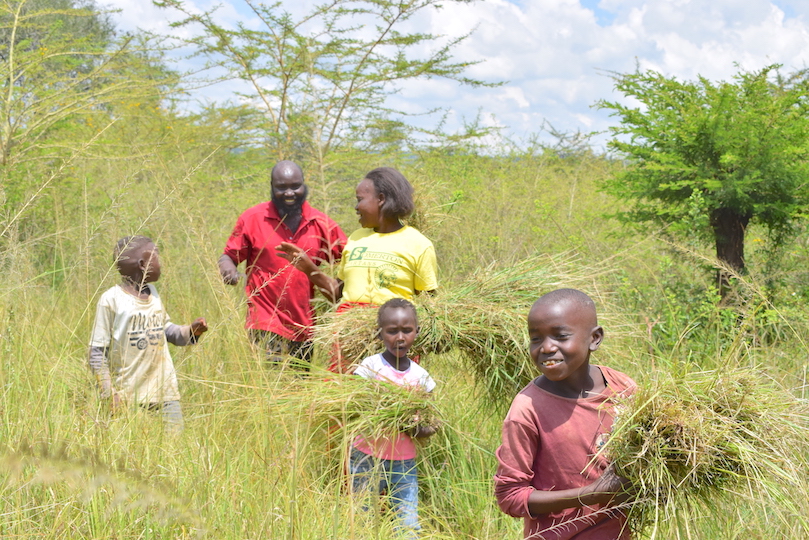
To sustain livestock feeds all year round, Justin always ensures that he has saved some of the grass when they are in plenty during the rainy season.
"We use them to make hay, which we store and give to our cattle during the dry season," says Scholastica, Justin's wife.
Aside from the hay, the barks of acacia trees themselves act as a good source of livestock fodder during dry spells. They are drought resistant and always remain standing, long after the other types of vegetation have dried up.
"During such drought periods, we cut the barks of the trees, which are highly nutritious and give them to our animals. This keeps them strong and healthy," she says with a beaming smile.
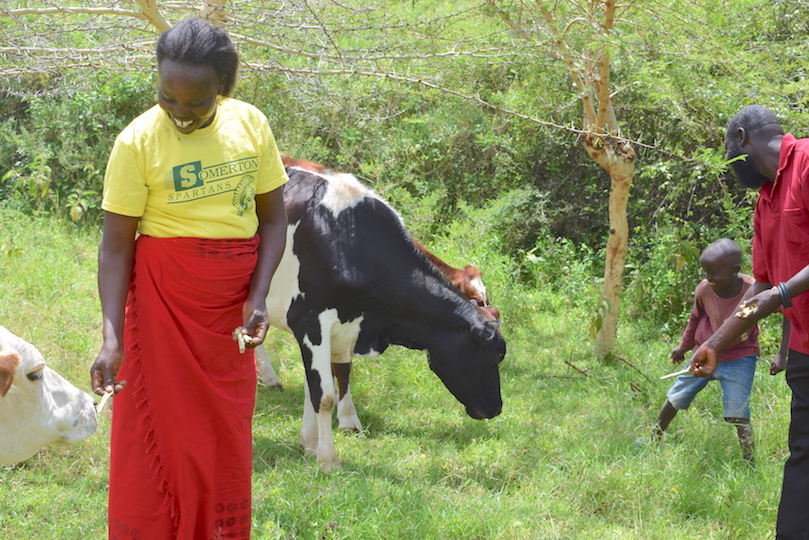
"We were also educated on good livestock practices. Instead of keeping large herds of animals, we just have enough that we can manage well, based on the land and feeds available. It’s better to have a few cows that give you the desired milk quantities than to have many with minimal produce," says Justin.
The sustainability of feeds and good management practices has improved livestock productivity, tripling the quantity of milk that the family gets from its cattle.
"My children used to drink black tea. But now they drink tea with milk because we get enough for home consumption and for selling too," Scholastica notes.
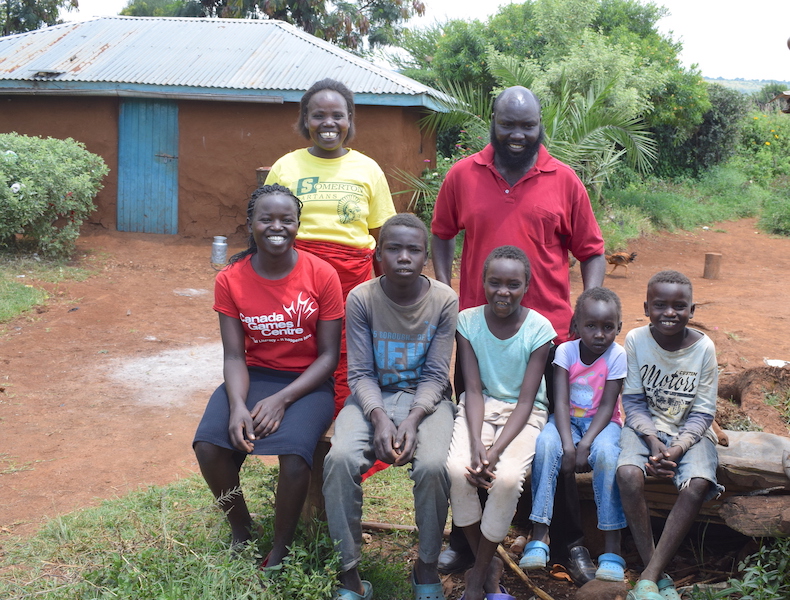
Since adequate animal fodder is available within their home compound, Justin no longer needs to travel far in search of pasture for livestock.
"The search for grazing land used to consume so much of our time. Since we're no longer doing that, we decided to take up crop farming with the free time we had on our hands. it's doing really well. We also have more time to spend with our children and make lifetime memories," he says.
During pruning, the chopped branches of acacia trees are usually used as manure to fertilise the soil. This has boosted crop yields leading to bumper harvests of maize, beans, fruit trees, vegetables and other plants in the family's farm.
"We usually have food all year round and surplus to sell. My children are healthy. They rarely fall sick because they enjoy a balanced diet from the numerous food varieties that give them sufficient nutrients required by the body," states Scholastica.
To further increase their household income, the family also practices beekeeping that gives them honey, which is on high demand in the country.
"The bees love the acacia trees. They also feed on the tall grass and well managed shrubs that are now growing abundantly on our farm because of the trees," she says.